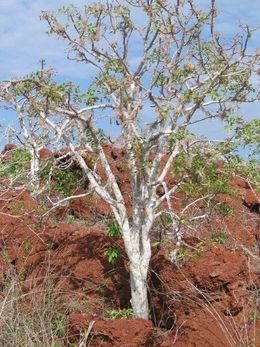Palo Santo
Other Names : Bursera graveolens
Palo santo is a South American tree that many consider mystical. It’s of the same family as Frankincense and Myrrh. It is also a member of the citrus family and closely related to lemon, pine and mint plants. The name Palo Santo means Saint Wood or Holy Wood. The oil is distilled from the fallen dead branches and the remains of standing dead trees. The wood matures over time after the tree has died, developing a chemistry that makes for a very powerful essential oil. What we find to be very interesting is that the same chemistry does not occur in cut branches or the wood of cut trees. So it said that the spirits of the sacred Palo Santo trees are carried in the essential oil and are part of what makes the oil so potent.
Special Precautions of Palo Santo
- Do not confuse with Guaiac Wood which is also named Palo Santo
- Palo Santo can be dermotoxic to some if used directly on the skin.
- Avoid use during pregnancy.
- Do not take Palo Santo essential oil internally.
Health Benefits and uses of Palo Santo are
The essential oil of palo santo is responsible for the unique fragrance of this wood, and contains resins that are rich in the sesquiterpene class of compounds, most notably limonene. It also contains the fragrant compounds non-amine and germacrene. Aged heartwood is rich in terpenes such as limonene and α-terpineol.
- widely used in folk medicine for stomach ache, as sudorific, and as liniment for rheumatism.
- In one published Cuban medical study, components in the essential oil inhibited the growth of a specific type of breast cancer, MCF-7.
- Palo santo essential oil is significantly anti-bacterial, which probably explains its traditional use as an incense wood for dispelling bad energy.
